You know a particular place has captured your heart when it leaps at the chance to return there. So it is with Iiyama city in Nagano, where I first visited almost exactly a year previously. My mother was coming to visit me in Japan for the first time in four years, and I wanted to take her on a short trip to somewhere memorable, away from the overstimulation of the Tokyo metropolis. My first thought: Iiyama city.
My work takes me all over the Japanese countryside, but there is something magical about Iiyama. For starters, there is the scenery, in the western foothills of the long valley north of Nagano city, where the Chikuma River and heavy snowfall provides nutrients to some of Japan’s finest produce. Here, you can see both the western and eastern slopes of the valley on a clear day, and autumn brings dappled colors of red, orange, yellow, and green to them.
Then there is the food made from the produce mentioned above. The variety of terrain blesses Nagano Prefecture with an abundance of farm-grown and wild produce, skillfully used by local chefs in creating dishes that are often unique to the area. Even the snow contributes to the local cuisine; snow carrots, which are regular carrots left in the ground under the heavy winter snow, become incredibly sweet when harvested. I sampled its intensely sweet flavor in a soft cream cone.
But beyond the magnificent scenery and delicious food, both of which the nation of Japan has an abundance of, the best part of Iiyama city is its people. Don’t get me wrong; I have met warm and kind-hearted people in all parts of Japan, from the farmers of Kyushu opening their homes to strangers to our lovely elderly neighbors around the corner from our house in the Tokyo suburbs. But perhaps the snowy winters give the good folks of Iiyama extraordinarily warm hearts, as I am always surprised at the lengths they go to make guests feel welcomed and appreciated.
Kanoe – Home Away From Home
We settled into our room at Shikisainoyado Kanoe, which I will refer to as Kanoe from this point forward, just before dinner. It is important to arrive at Kanoe before dinner-time because to skip dinner at Kanoe would be an unpardonable sin against your stomach. Kumi-san, the proprietress, is a culinary force in these parts, cultivating much of the produce used in her meals in her gardens and getting most of the rest from other residents of the region.
Japanese style rooms at Kanoe are down-to-earth. You will find everything you need and nothing more or less: a comfortable futon, a small table, and a stack of zabuton to sit around it, a small television that gets only a few stations, and a basic sink and toilet. The onsen is shared and gender-separated; the hot springs water is particularly soothing and leaves your skin feeling silky smooth. Meals are taken in the dining room with other guests, though you will have a separate table with members of your group or room. Or perhaps you’ll find yourself sharing a drink at a neighboring table, chatting into the night with a new group of friends, as I did.
What sets Kanoe apart from just another lodge is the food and hospitality. I could write a novel on the quality and variety of the dishes Kumi-san and her staff whip up in the kitchen. For vegetarians and vegans, you can even request a macrobiotic food option for the menu. The menu changes day to day and with the seasons, but I have found a few general constants over the meals I have had the pleasure of eating here.
There is always a plate of fresh sashimi, though the types of fish change seasonally and daily. Because Nagano is a landlocked prefecture, one of the fish is usually the delicate Shinshu salmon, a farm-raised salmon I was obsessed with on my first trip here.
There are a variety of vegetable dishes made with vegetables grown in the garden cultivated by Kumi-san’s husband, bartered from neighbors, or foraged in the local mountains. Zenmai, a mountain fern with a taste similar to spinach, is a common ingredient in her meals.
Then there is the rice: a native koshihikari type that is flavorful by itself, but Kumi-san often mixes in some tasty ingredients. This year, it happened to be autumn mushrooms, last year, sweet chestnuts.
Beyond these delicious staples, anything goes. There was a tangy salad with akagai (red surf clams) and vinegar dressing. Hearty slices of Miyuki pork, tender and full of flavor. A simmering pot of mushroom and Miyuki pork nabe in a delicate dashi broth. Braised whitefish flavored with a dab of sweet miso paste. Even Kumi-san’s father’s hand-pulled soba, made with the first harvest of buckwheat from the local fields. Over a dozen exquisite dishes to sample for dinner, topped off with a dessert featuring apples, persimmons or another of Iiyama’s seasonal fruits.
Breakfast at Kanoe tends to be more simple, but still using quality local ingredients and all freshly made. It is in traditional Japanese style, with fish as the essential protein and a variety of vegetables along with rice or bread and some fruit slices. Treat yourself to a 1-liter bottle of fresh Nagano apple juice, and there will probably be enough for more than one meal.
With our appetites satiated, we were ready to start exploring what Iiyama city has to offer.
The Art of Japanese Washi Paper
A rainy morning altered our plans to help harvest vegetables in the garden, but Kumi-san graciously offered a list of alternatives. My mother lit up at the opportunity to make Japanese washi paper, so Kumi-san drove us to the Uchiyama Paper company in the city. The proprietress and head chef of a busy inn took an hour of her precious time to chauffeur us to and from washi-making, simply because of the unfavorable weather.
Washi-making has been an art and industry in Iiyama for over 400 years when it was first brought there by a craftsman from Gifu Prefecture. Uchiyama washi paper is known for its durability and resistance to sun bleaching; the mulberry wood fibers of the paper are pre-bleached using the abundant winter snow as a reflective surface to speed up the process. It is a perfect paper for shoji screens for its color-fastness and durability. Several elementary schools in Iiyama carry on the washi making tradition by presenting their students with diplomas printed on washi the students made for themselves.
We made some simple sheets of paper, straining the pulp out of a sink of cold water and adding some colored paper and pressed leaves as garnish. Excess water is sucked out of the pulp before the sheet of paper is rolled out onto a drying table. While we waited, we watched a video of the history of Uchiyama Paper and browsed some of the handmade goods on sale.
Sasazushi – Sushi Invented in the Iiyama Area
We returned to Kanoe, where Kumi-san’s daughter-in-law had brought out the ingredients to make sasazushi, a local type of sushi created during the Sengoku period of the late 15th century. It is said that local villagers created this type of sushi for the samurai of local warlord Uesugi Kenshin on their way to battle. The bamboo leaves on which sasazushi are made (sasa means bamboo leaf) served dual purposes. One was for keeping the sushi fresh longer (bamboo has antibacterial properties) and the other, a convenient way to carry and eat the sushi, with no chopsticks or plates needed.
Ingredients for sasazushi have improved in quality over time. Today, we used zenmai, strips of fried egg, and a pinch of both pickled ginger and ground walnuts. After making our sasazushi, Kumi-san brought a bowl of udon, a small salad, and some pickled vegetables to round out the meal.
The following morning after another sumptuous breakfast, I climbed the small hill overlooking Kanoe, watching as the rising sun filled the valley with warm light. Though my mother had already traveled to many cities around Japan on a private tour, she proclaimed Kanoe and Iiyama city to be her favorite place of her trip to Japan. In a few short days, the warmth of the local people captured her heart too.
Things To Do in Iiyama City
Kanoe can serve as a home base as you enjoy the many activities available in this part of northern Nagano. Though it is best known for its excellent winter sports, the three other seasons offer incredible opportunities for hiking, cycling, boating, and other outdoor sports. And if you are not a sports fanatic, less strenuous activities such as participating in local crafts, fruit and vegetable picking, and onsen hopping are other ways to enjoy the area. For me, it doesn’t matter what time of the year I visit Iiyama; I always feel like I’m coming home.
Getting To Iiyama City
Iiyama city is surprisingly close to Tokyo. The Hokuriku Shinkansen line delivers you in comfort from Tokyo or Omiya Station in the Tokyo area in about an hour and a half. From there, transfer to the local Iiyama Line to Togarinozawa Onsen station. To reserve the full experience including the sasazushi making experience and transportation to and from the station, please contact the Shinshu-Iiyama Tourism Bureau.
Before leaving Iiyama Station, I recommend you stop by the outstanding Iiyama Tourism Center on the first floor. They have a friendly staff who can answer any questions you might have as well as many brochures about activities and accommodations in the area in several languages. The Shinetsu-shizenkyo Activity Center, also in the station, has information about and equipment for the many outdoor activities you can enjoy here: hiking, skiing, and cycling tours, to name a few.
Sponsored by Shinshu-Iiyama Tourism Bureau
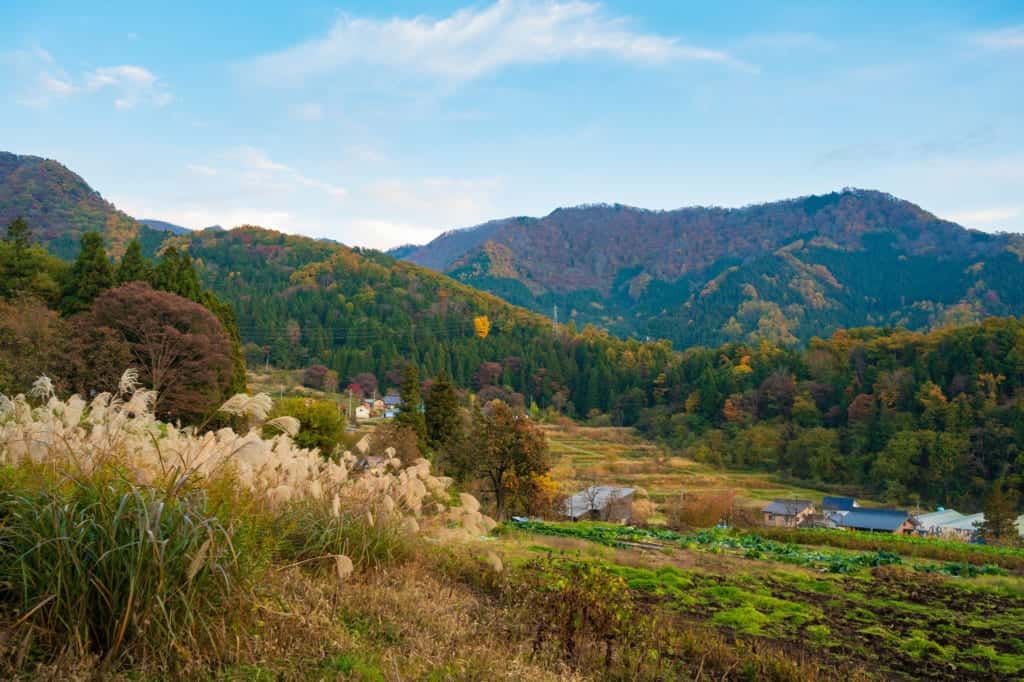
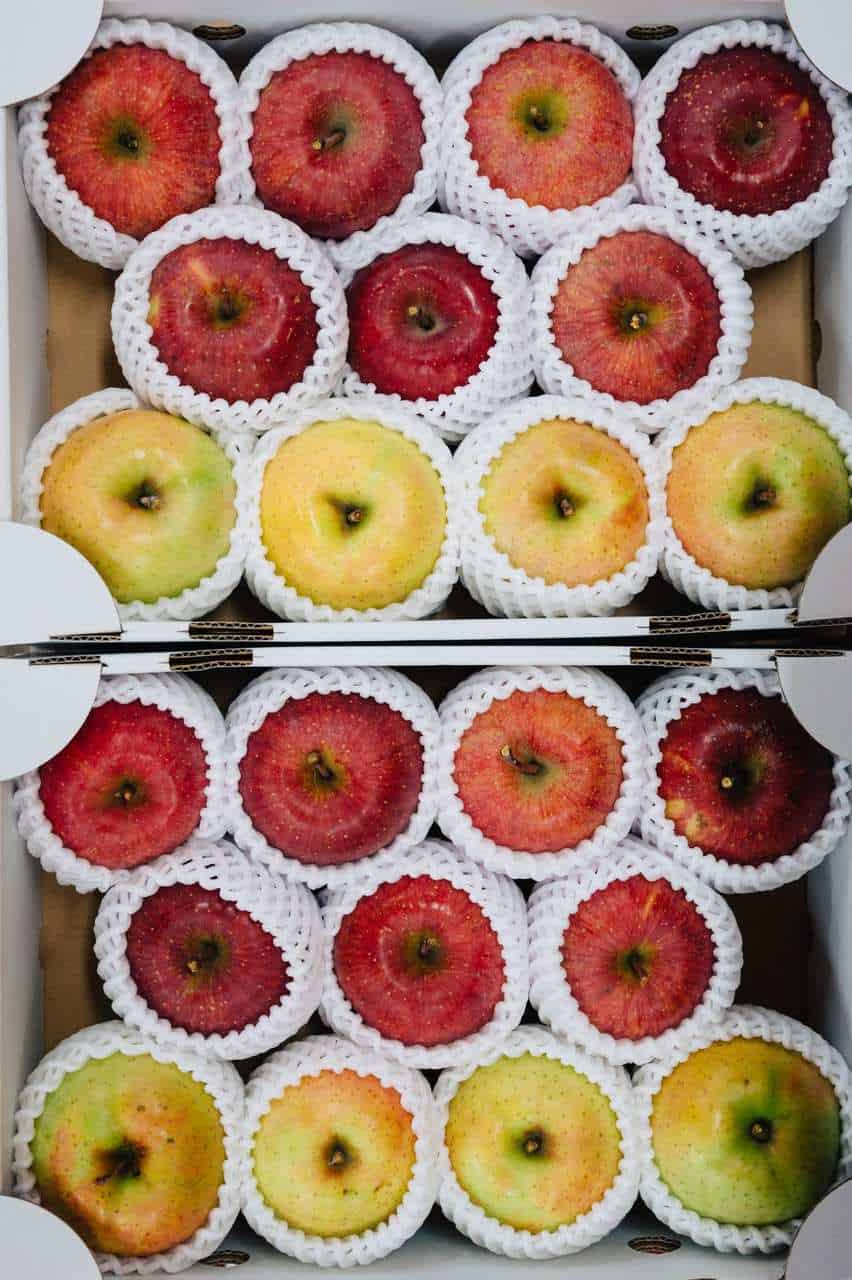
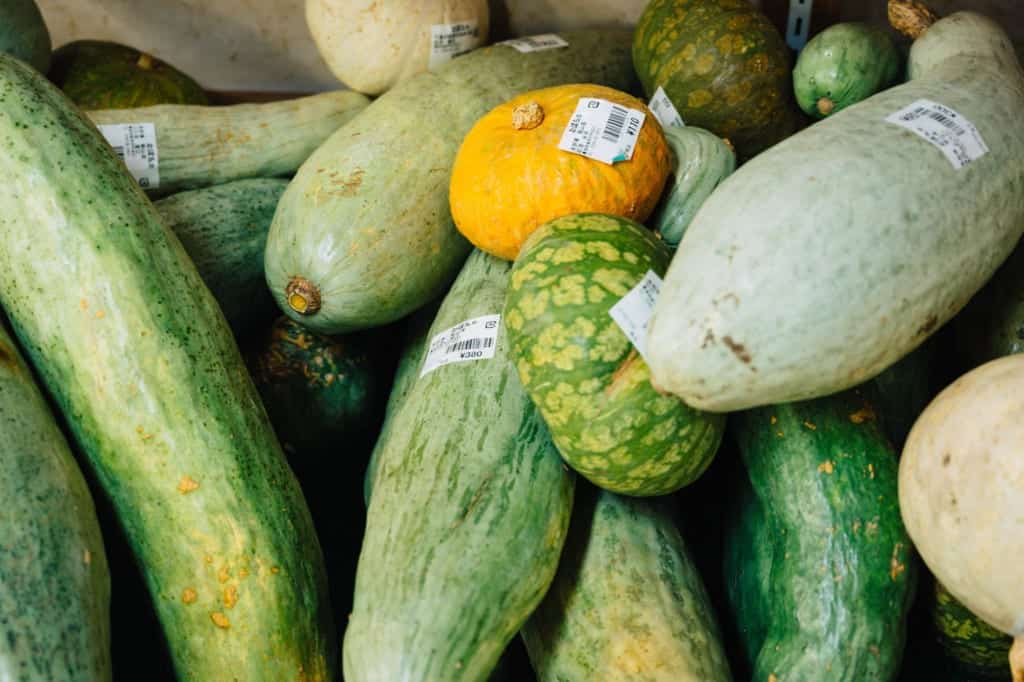
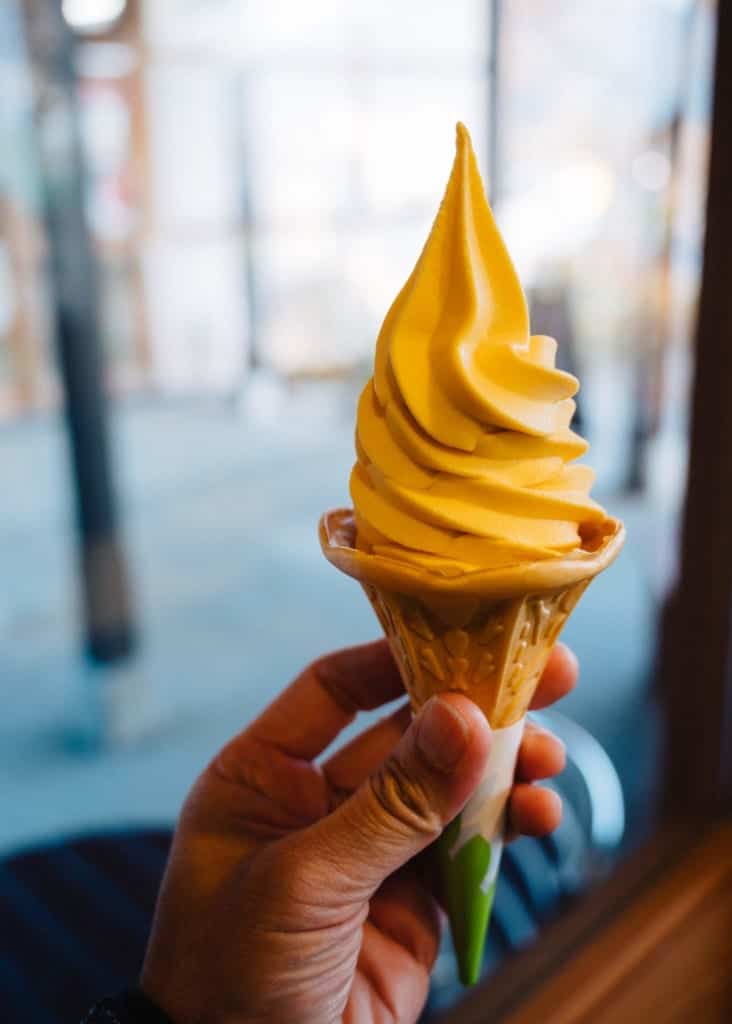
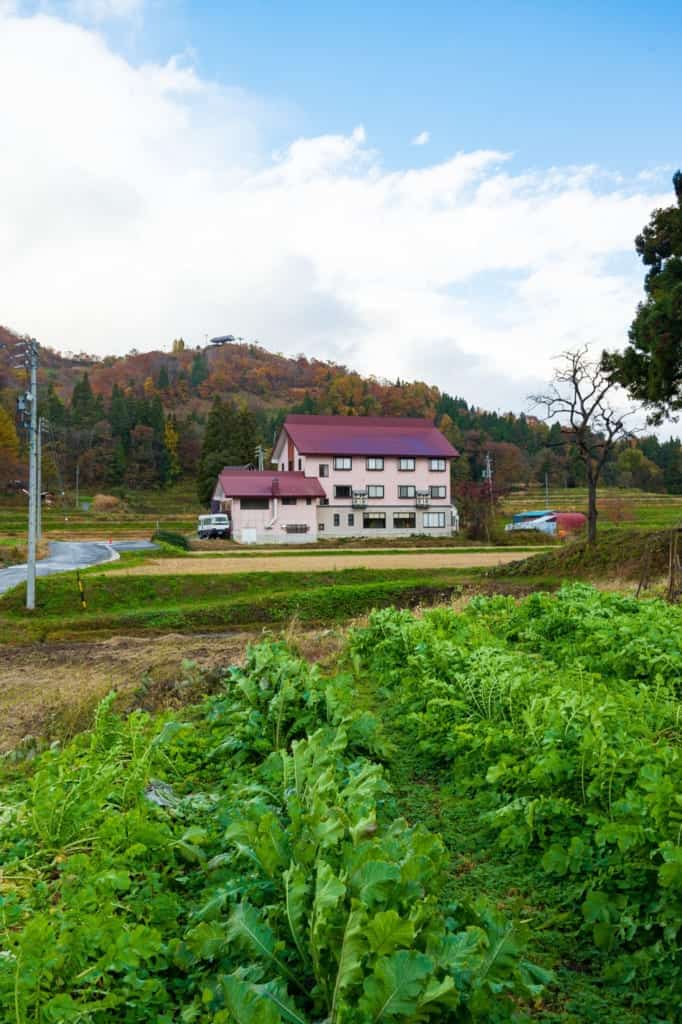
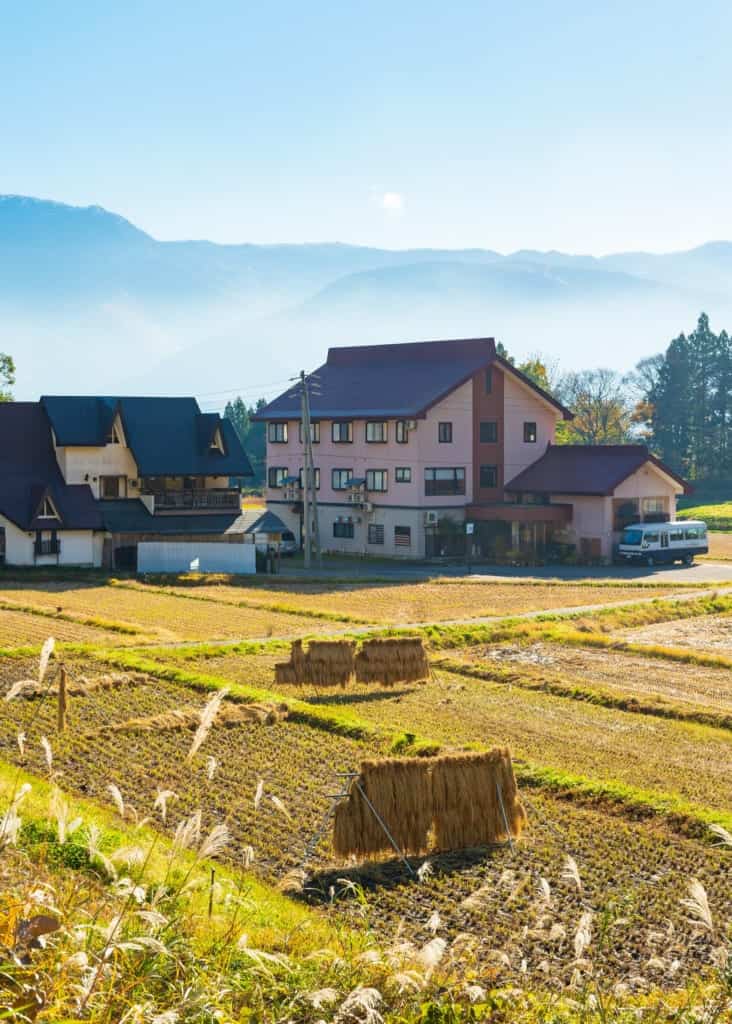
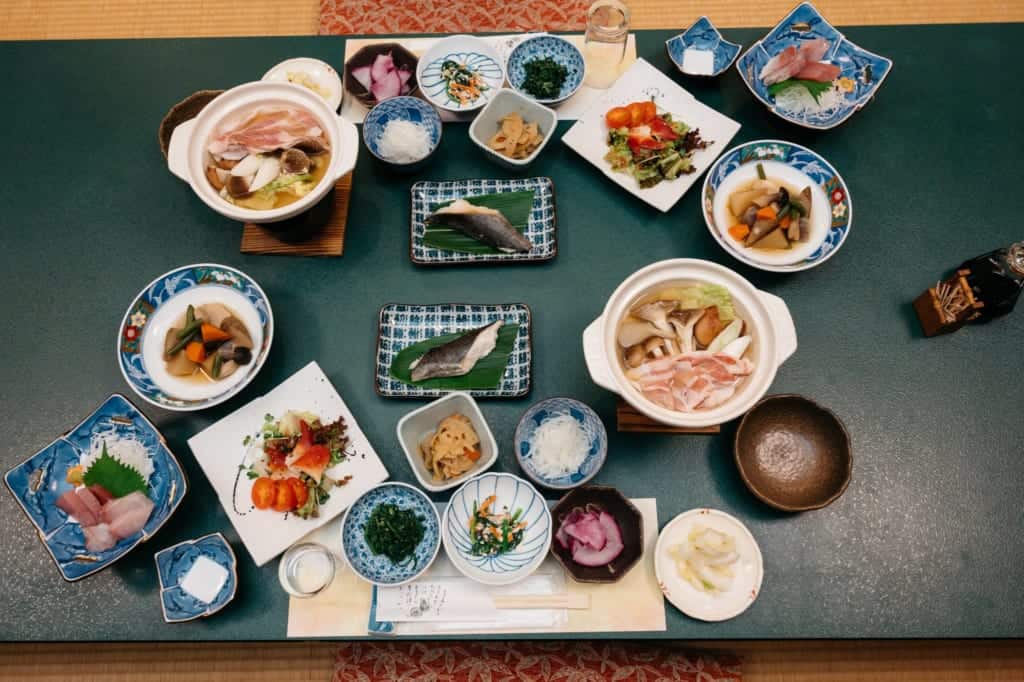
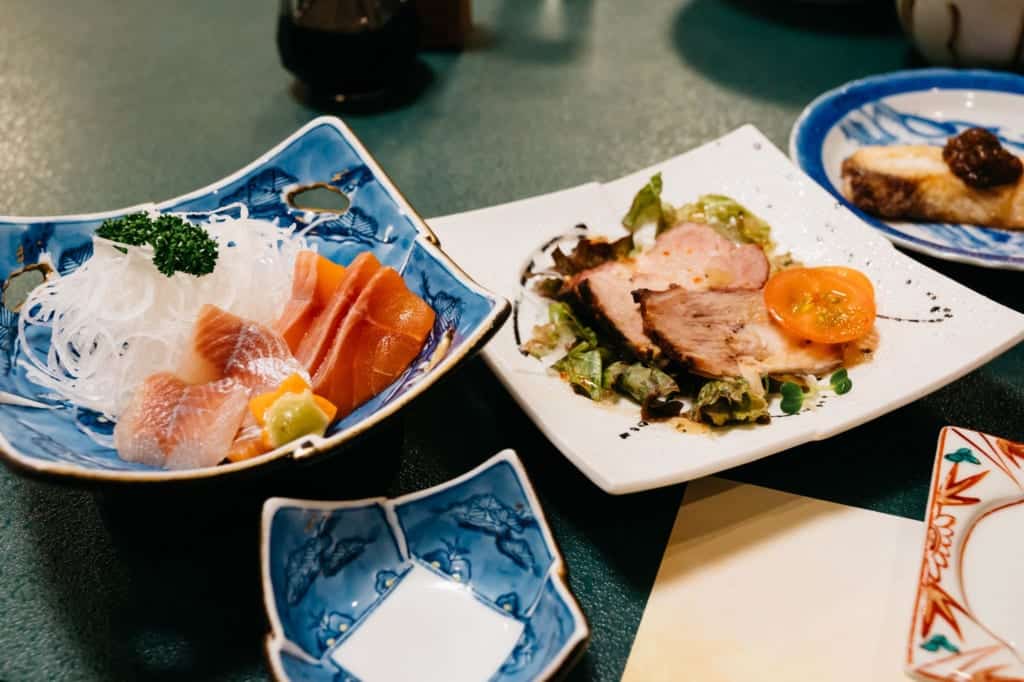
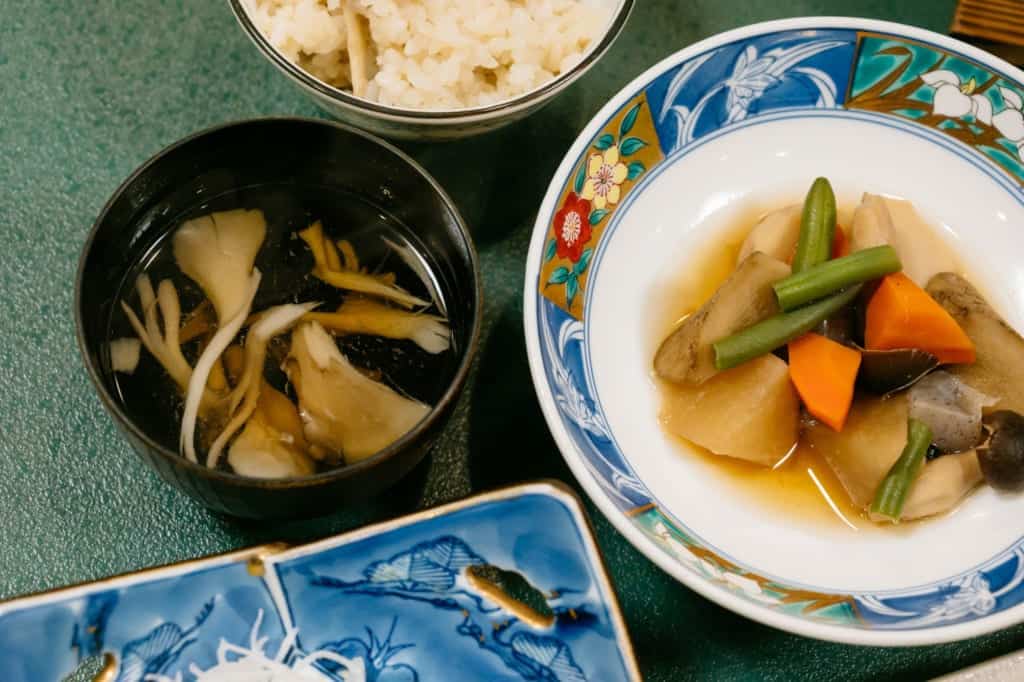
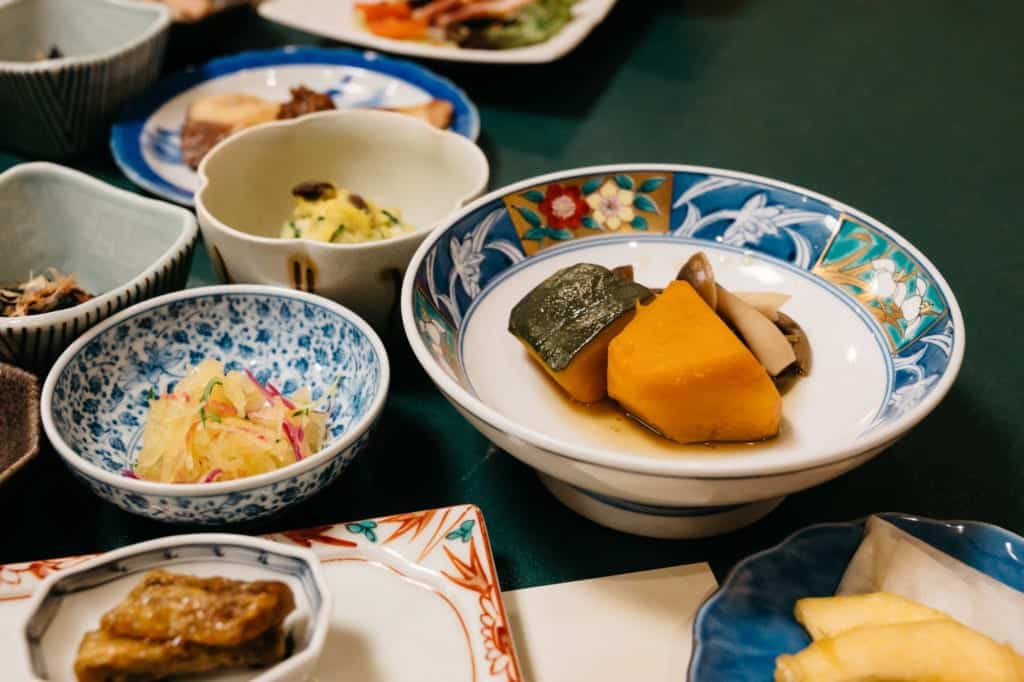
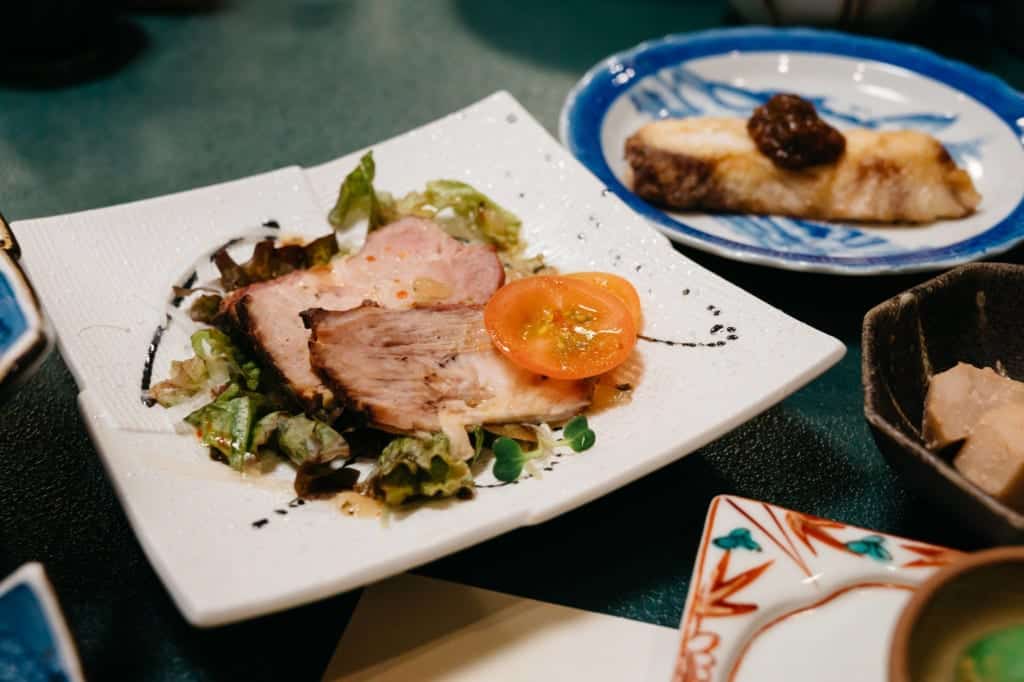
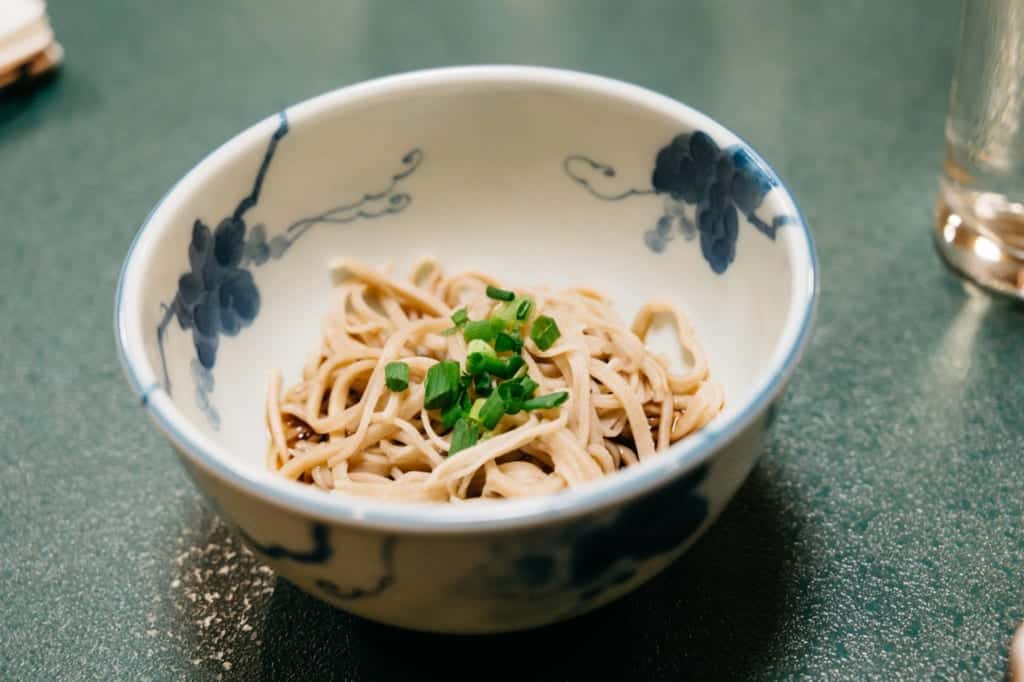
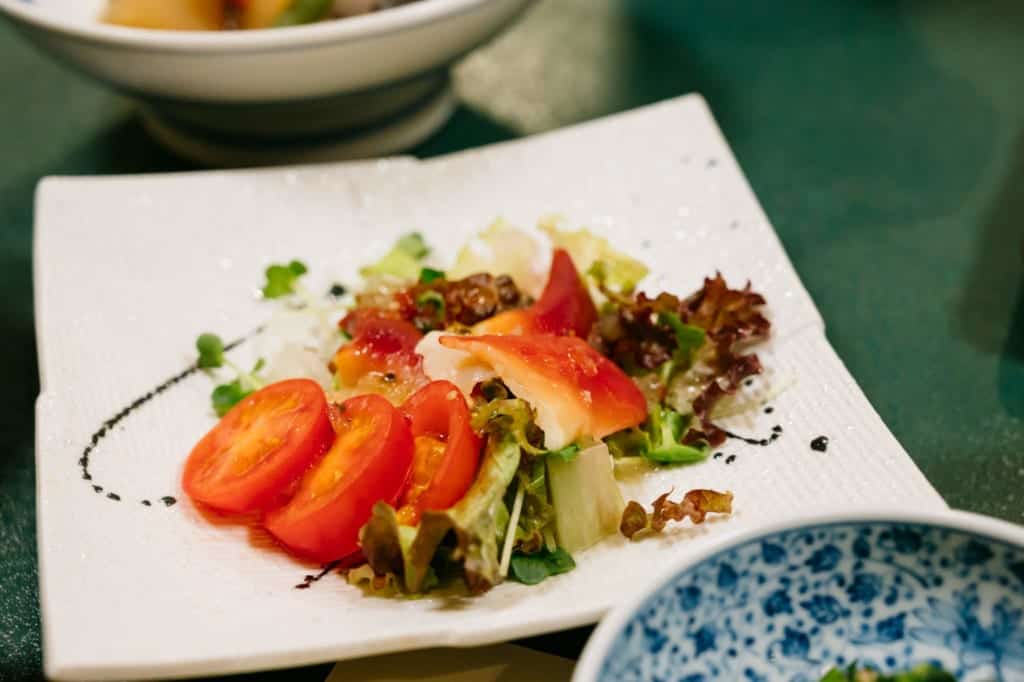
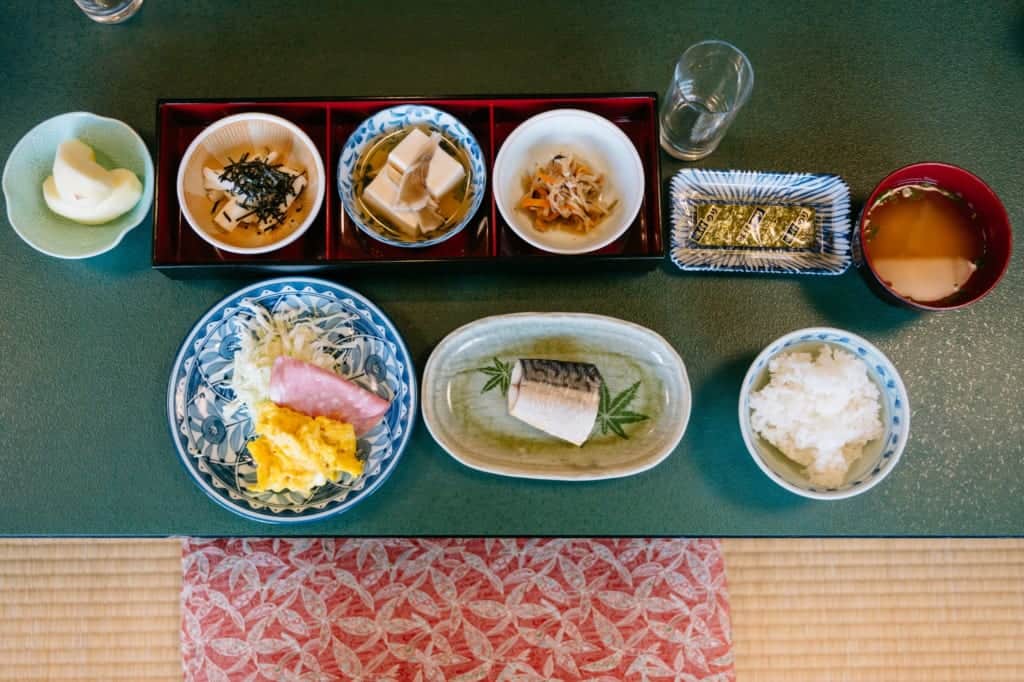
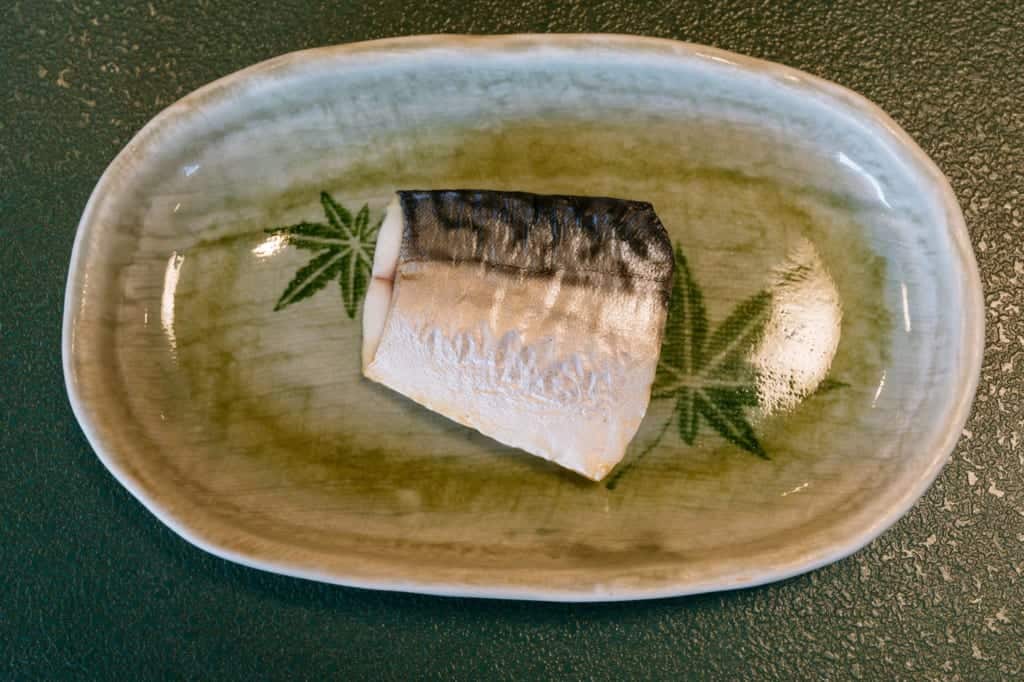
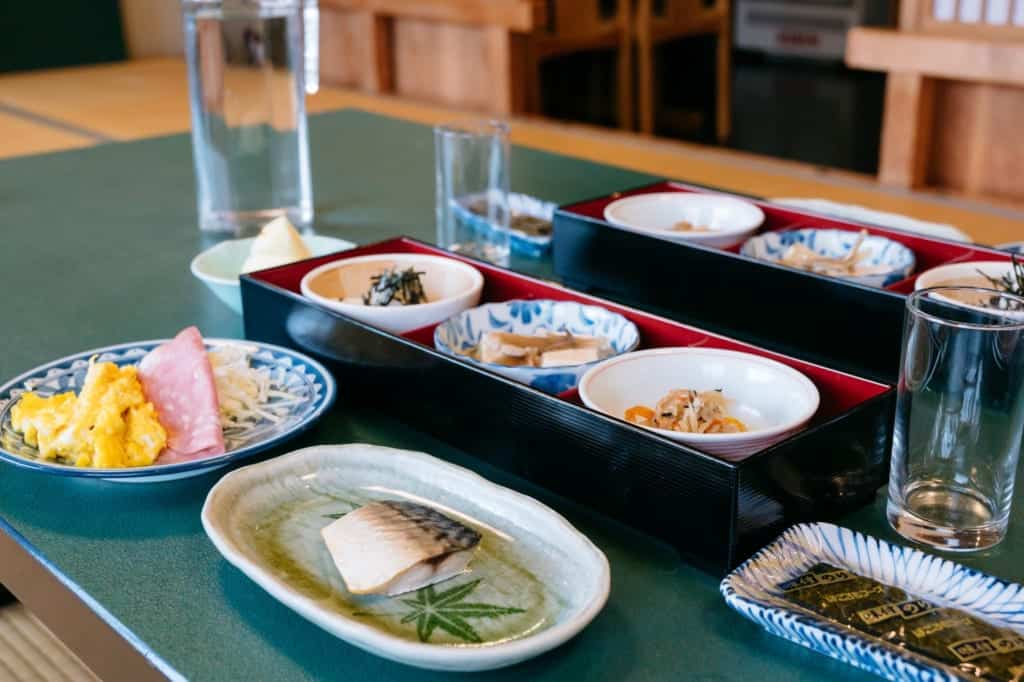
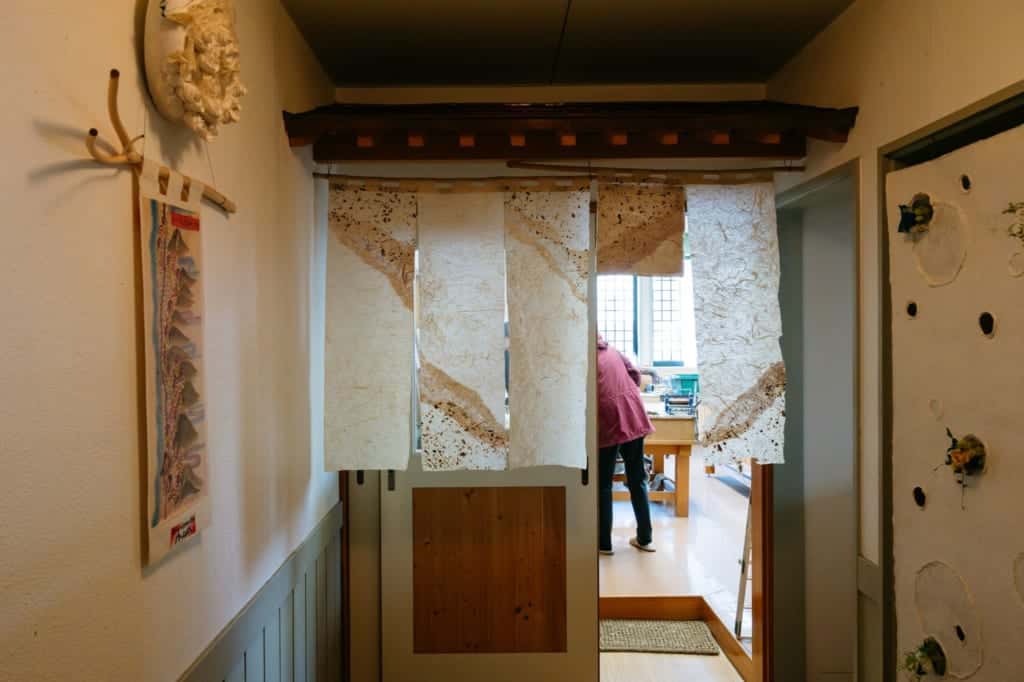
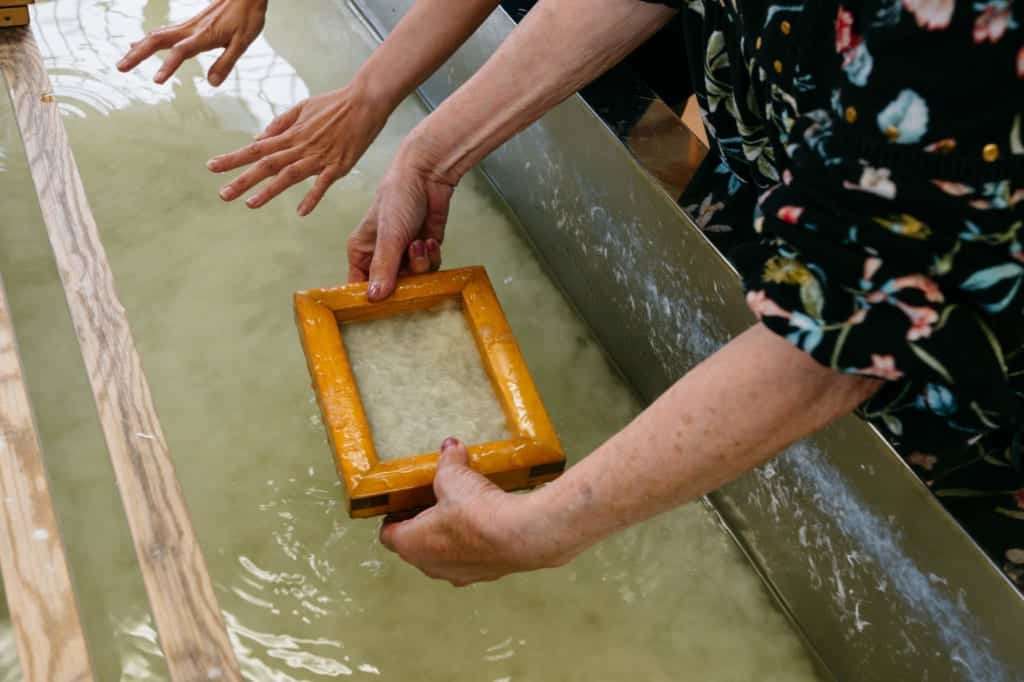
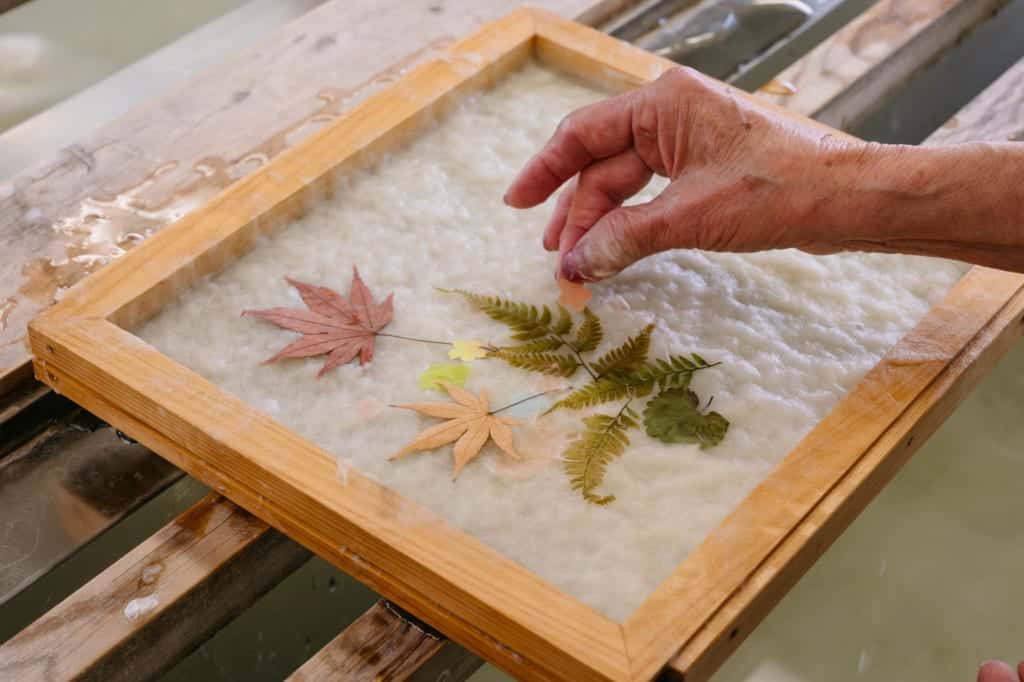
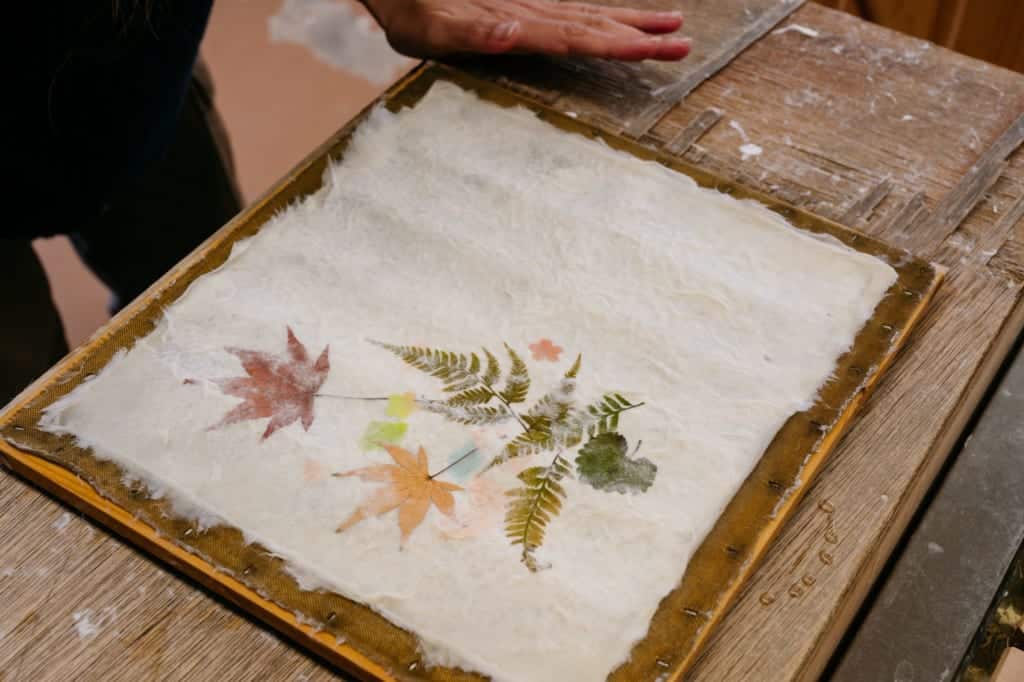
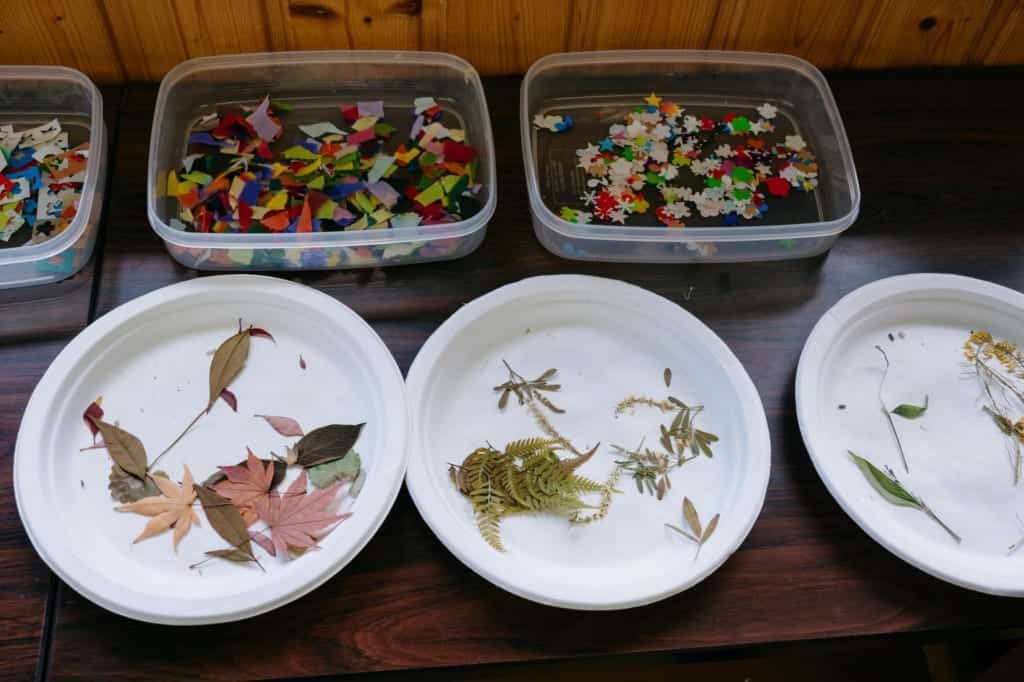
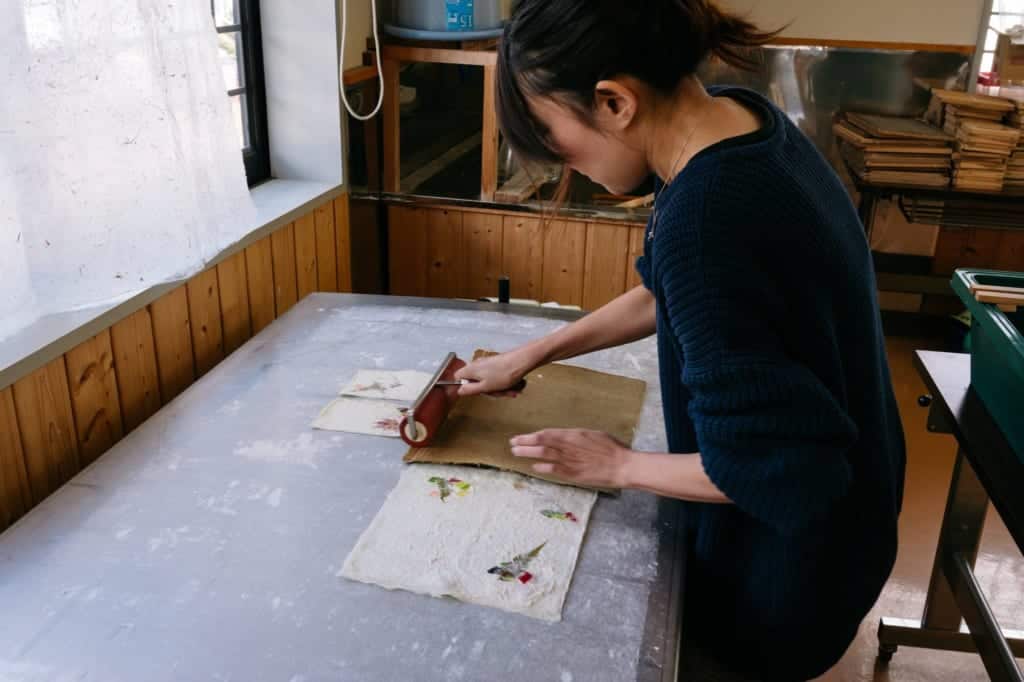
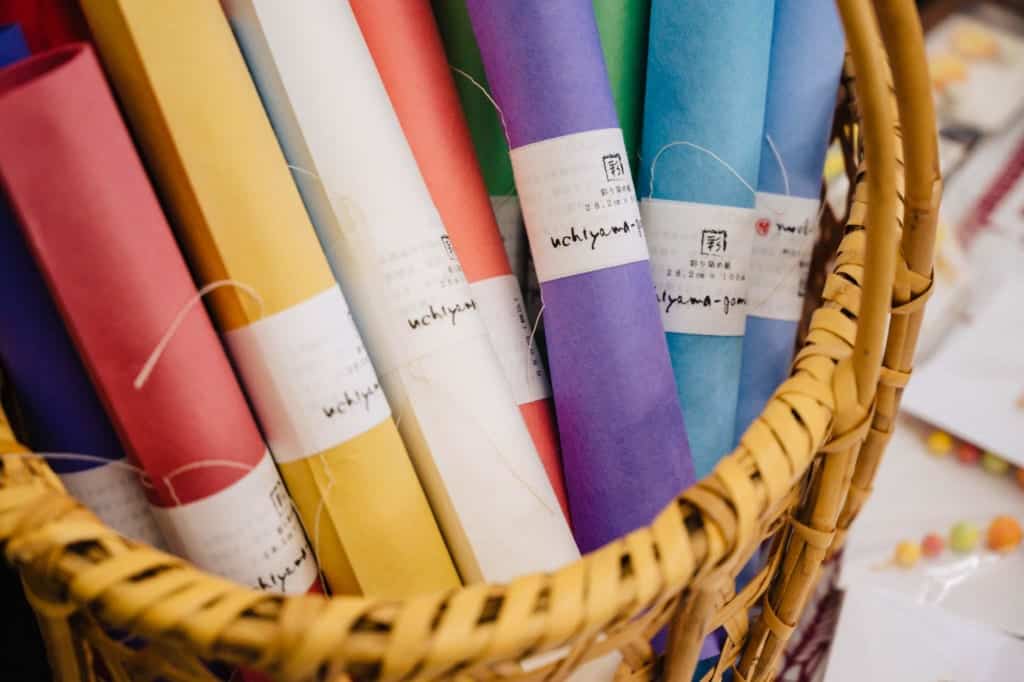
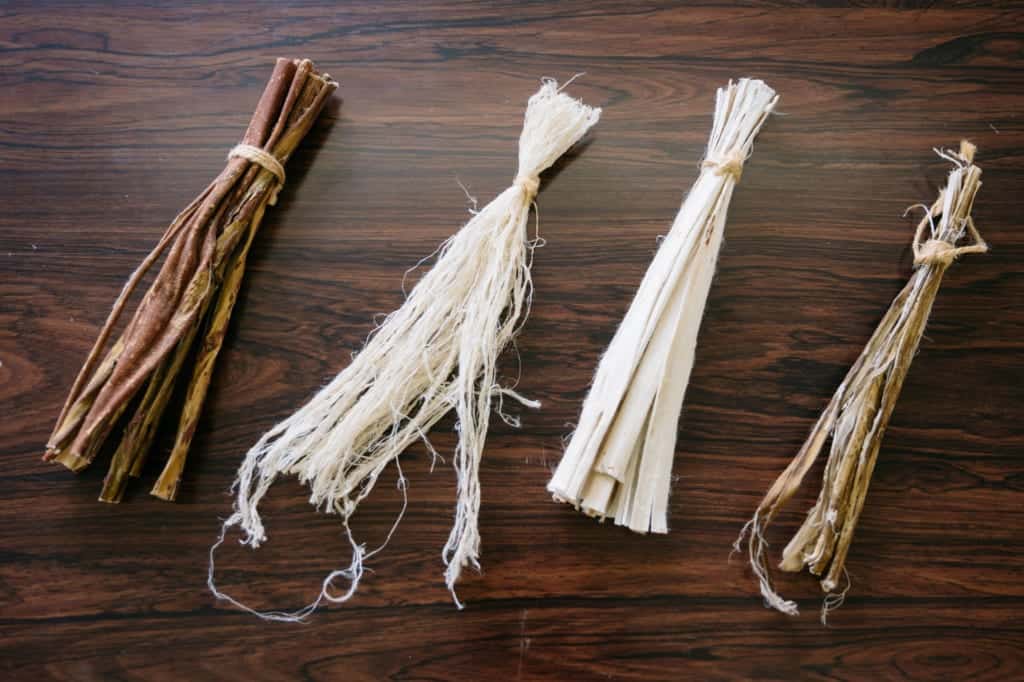
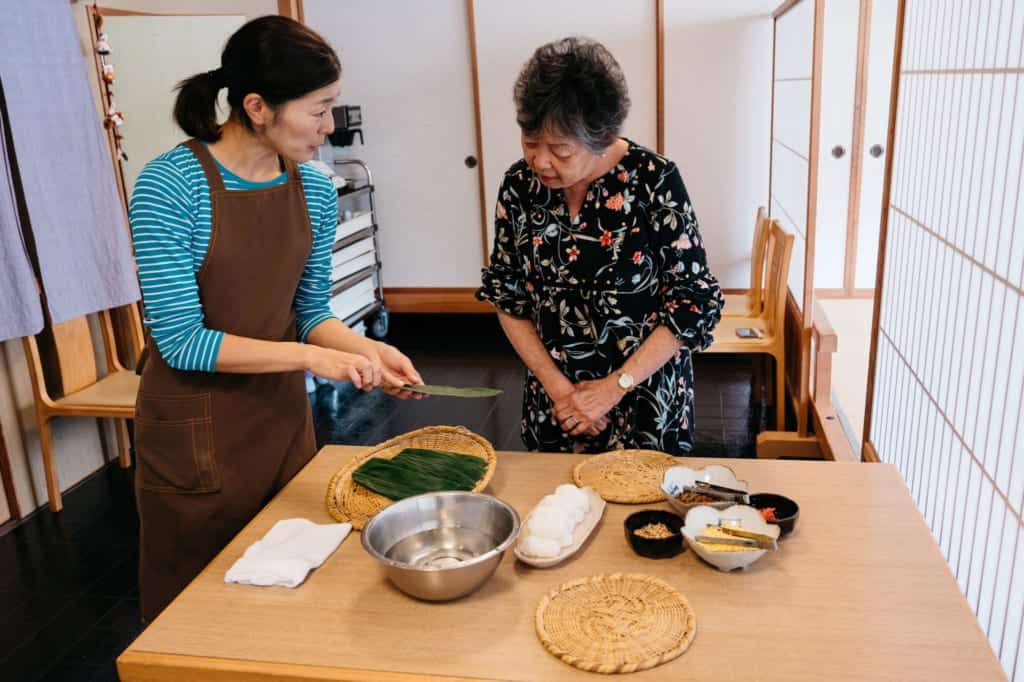
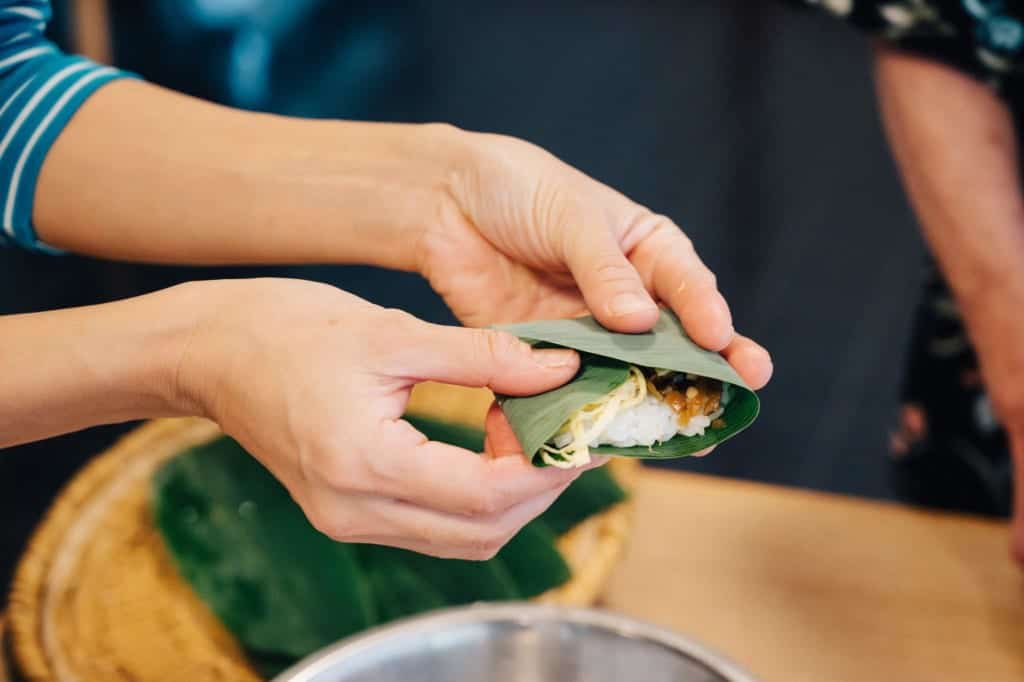
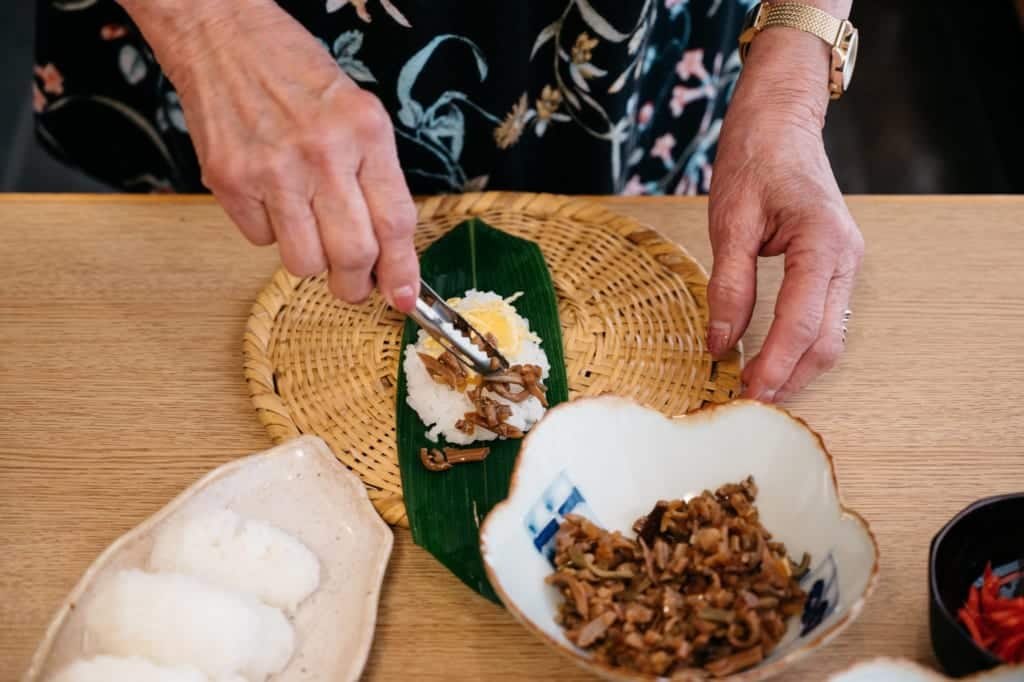
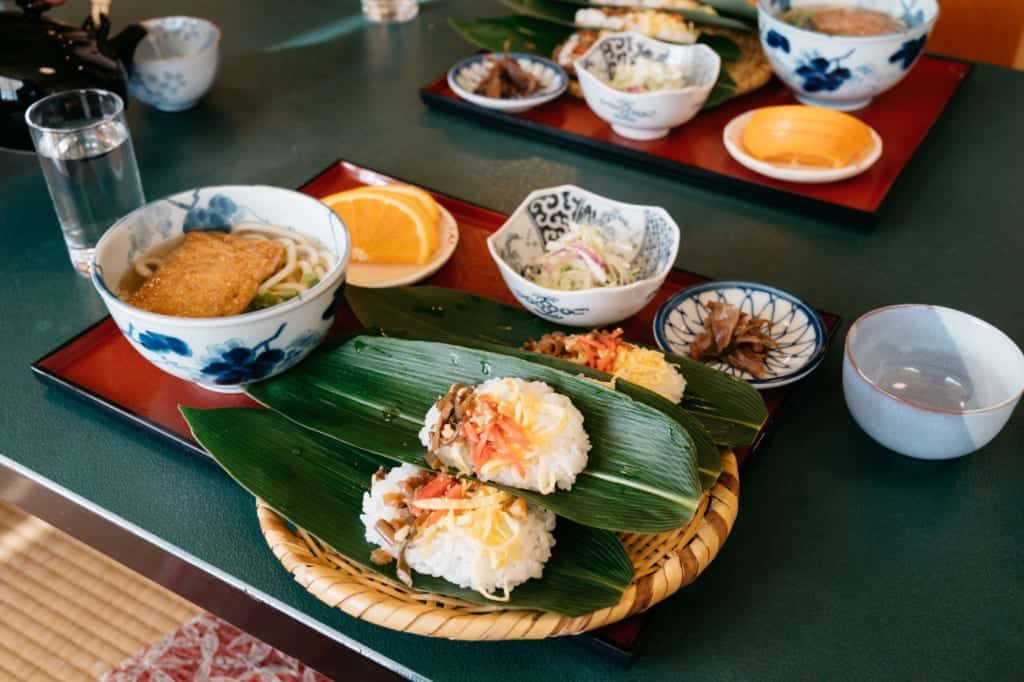
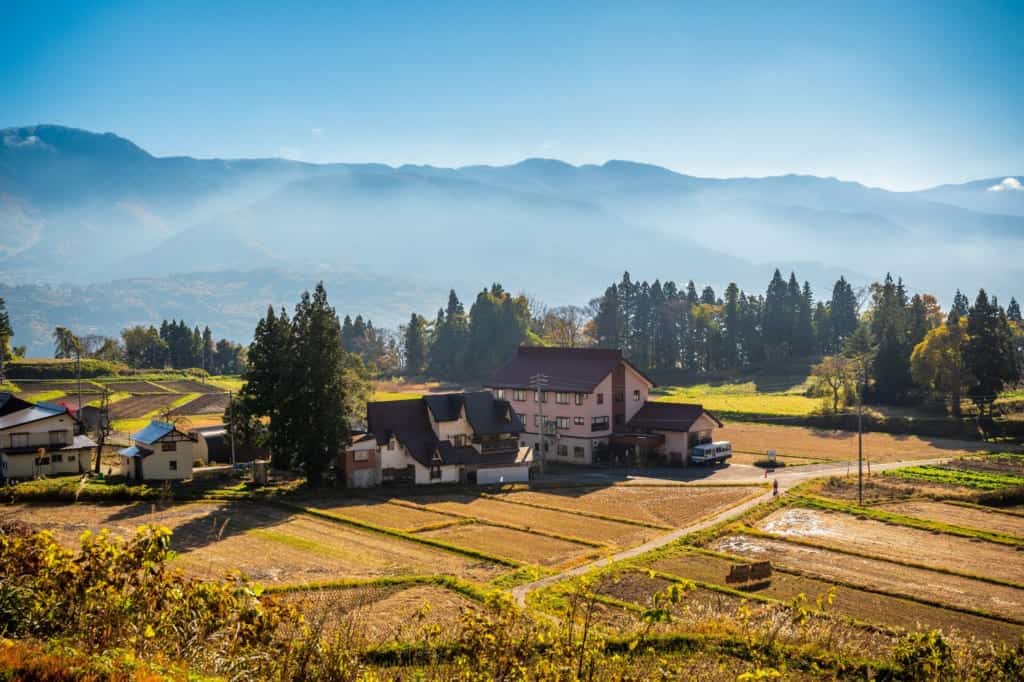
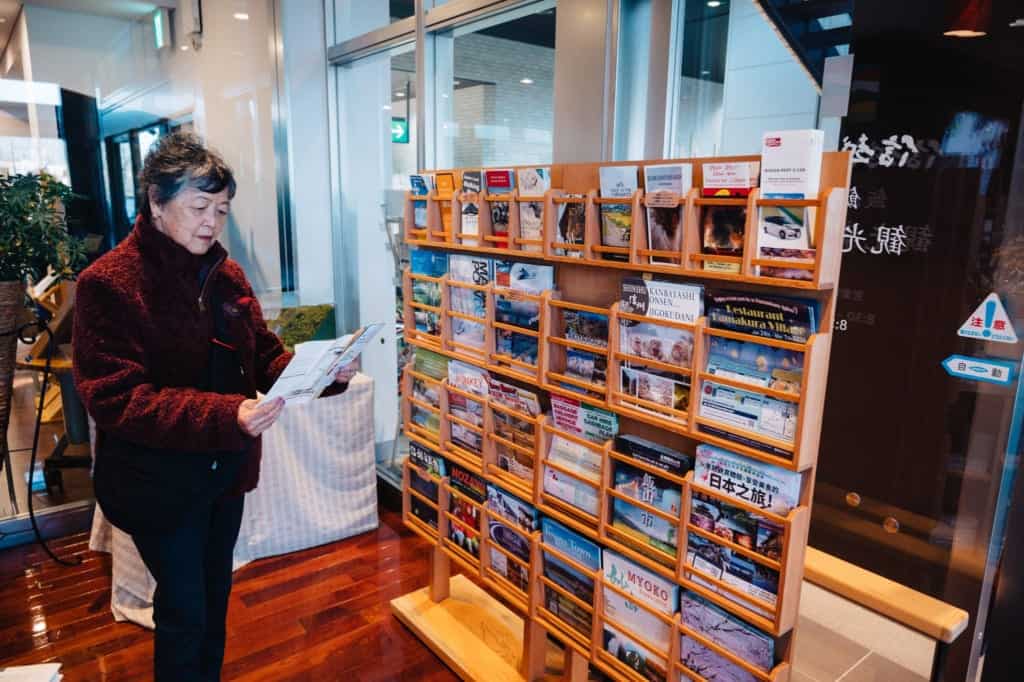
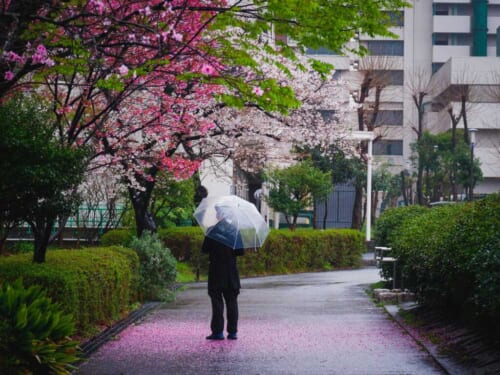
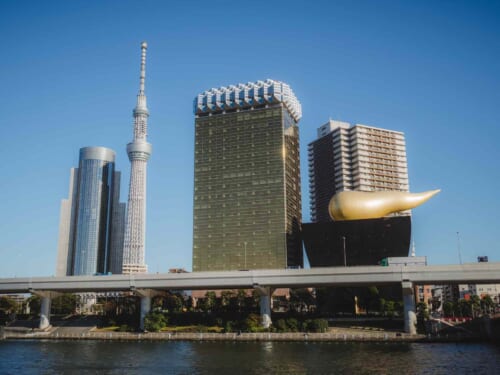

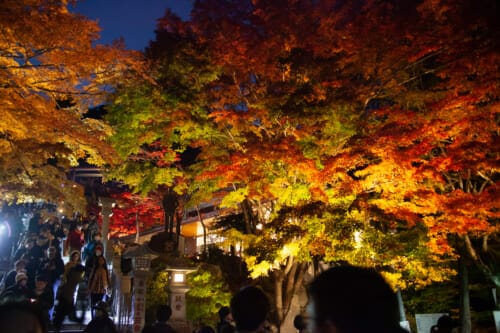
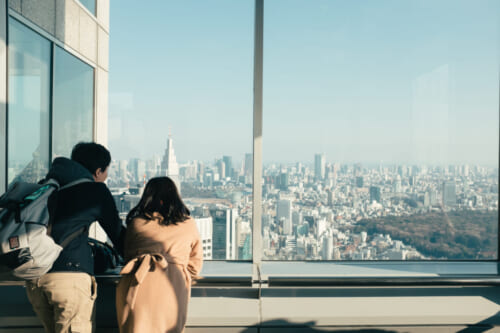

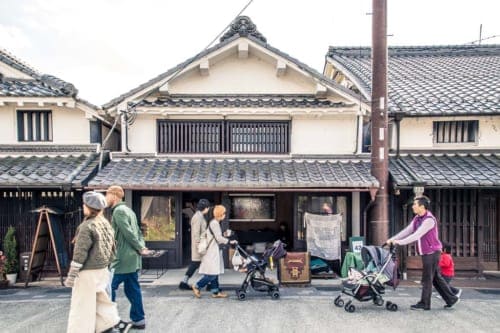
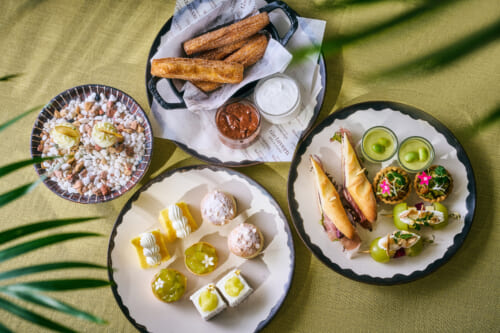
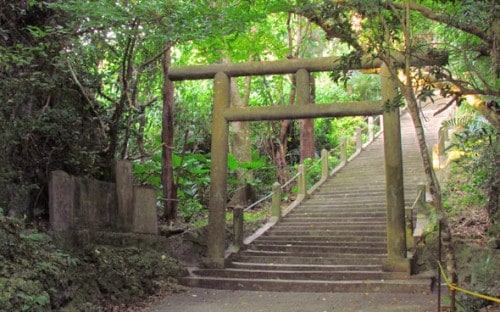
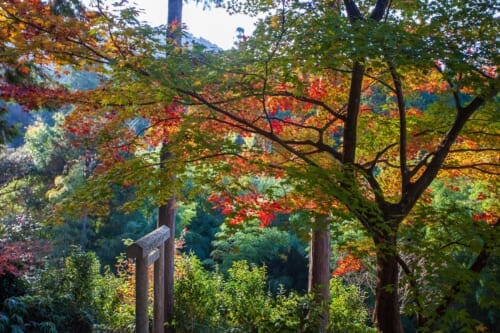


No Comments yet!